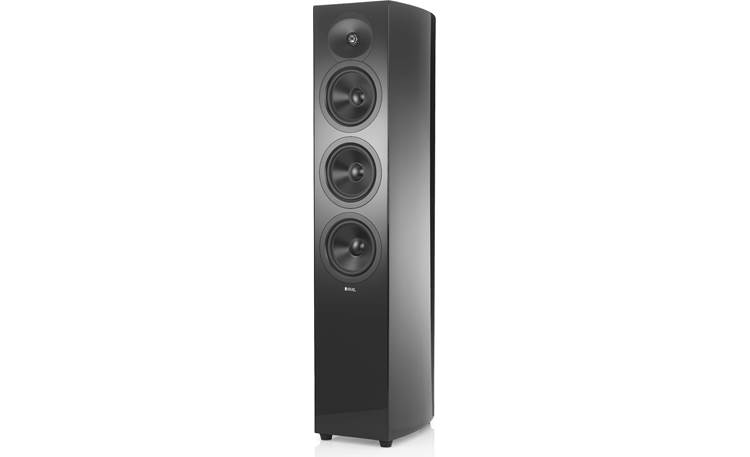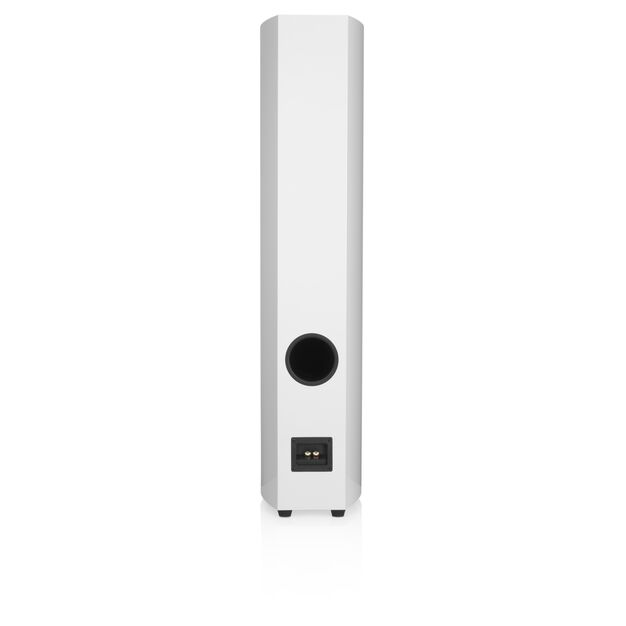Revel has managed to remain one of the best-kept secrets in high-performance audio, even though they've been building award-winning speakers for over 20 years. The Concerta2 F36 looks and sounds a lot more expensive than it is. In fact, its detailed, dynamic sound bears a strong family resemblance to Revel's pricier Performa3 models.

The F36 is a full-range "2.5-way" speaker: the three 6-1/2" aluminum cone drivers are identical but they don't all cover the same frequency range. The topmost driver handles the upper midrange, and because it's physically close to the tweeter, you get a seamless blend of mid- and high-frequency sounds, for improved imaging. The other two woofers cover the lower midrange and bass frequencies.
All three aluminum cones are anodized on both sides with a patented micro-ceramic composite compound to reduce resonances. Resonances can color a speaker's sound, and Revel uses advanced testing like laser interferometry to root out those kinds of sonic imperfections. Revel designs and builds every driver that goes into their speakers.
The F36's 1" aluminum dome tweeter sits in Revel's concave Acoustic Lens waveguide, which increases the tweeter's dispersion at higher frequencies, and also helps create a more seamless sonic match between the tweeter and the midrange driver just below it. The result is very smooth, consistent sound both on-axis and off-axis, creating a larger sweet spot.
The Concerta2 series cabinet isn't quite as sophisticated as those on Revel's pricier Performa3 models, but its design and execution are more advanced than is typical for this price range. The curved side walls create a stiff enclosure that forms a solid foundation for Revel's custom-designed drivers, as well as contributing to the F36's sleek looks.
The F36's grille attaches magnetically, so there's no ugly hardware on the front baffle of the speaker if you decide to leave the grille off. As far as the bottom of the speaker, you can take your choice between the included sets of large rubber feet and spikes.
Revel's world-class speaker design and testing facility features an anechoic chamber and the latest high-tech measurement gear. But some of their most critical test instruments are the ears of their trained listening panel. When working on a new design, Revel's engineers set up a series of controlled auditions comparing their design to several competing speakers.
Speakers under comparison sit on a rotating platform, and each model is moved into the identical position by a computer-controlled belt drive system. An acoustically transparent screen hides the speakers from the listeners to avoid visual bias. These double-blind listening tests provide an essential reality check, and help the engineers correlate measurements with what listeners actually hear and prefer.





